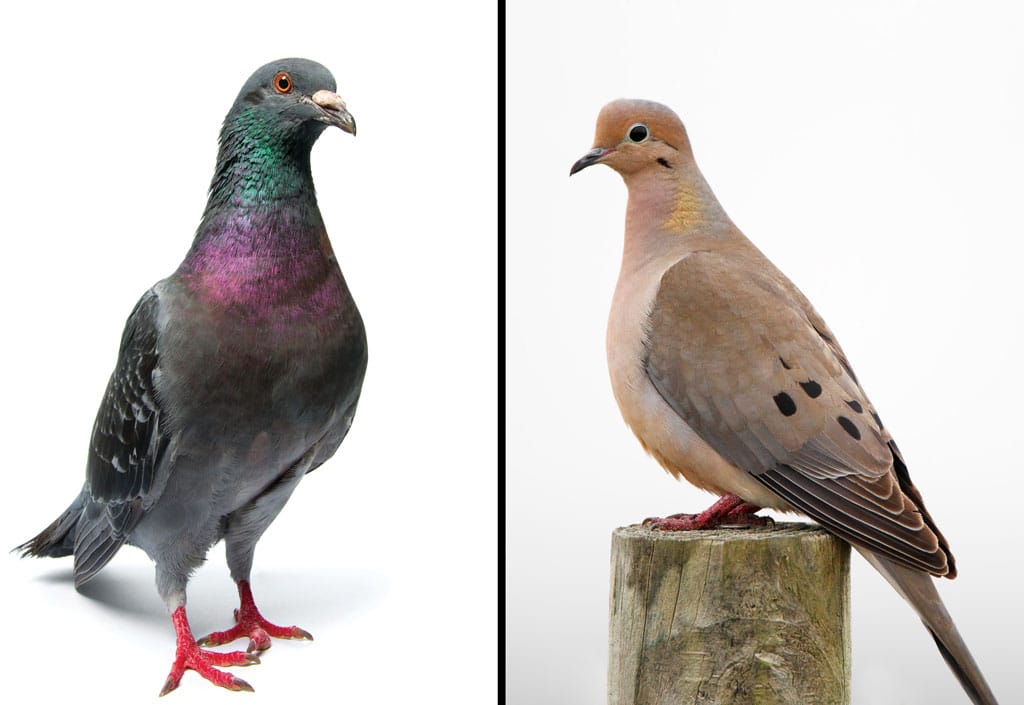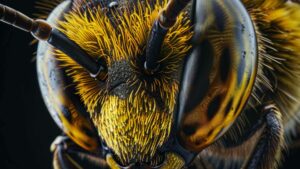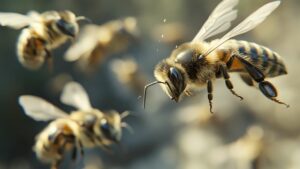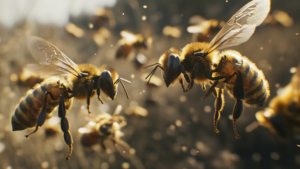Pigeons and doves, two closely related species belonging to the family Columbidae, have long fascinated humans with their gentle demeanor and graceful flight. These birds can be found in various parts of the world, living in diverse habitats ranging from bustling cities to serene countryside.
While we often admire their beauty and observe their behaviors, there is a lingering curiosity among bird enthusiasts: Can pigeons and doves mate? In this article, we delve into this intriguing question and explore the possibilities of interspecies romance within the avian world.
Brief Overview of Pigeons and Doves
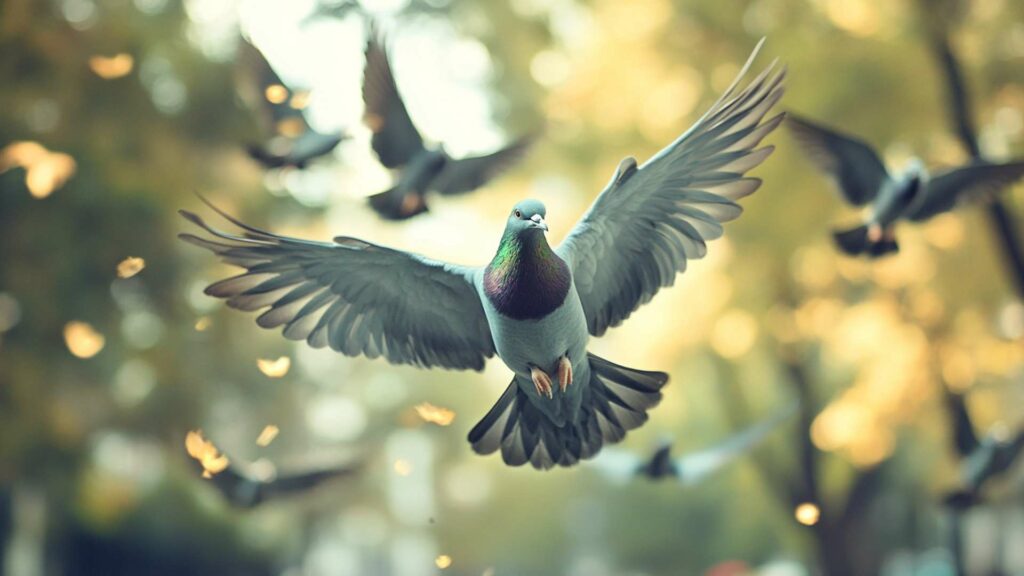
Pigeons and doves are part of the same family, Columbidae, which includes more than 300 species. They share several physical traits but also exhibit subtle differences that enable us to distinguish between them. Both pigeons and doves have compact bodies with short necks compared to other birds.
They often possess plump breasts that lend an air of elegance as they glide through the sky. However, when it comes to size, pigeons tend to be much larger birds than most doves.
When it comes to nesting habits, pigeons build relatively simple nests using twigs or grasses in crevices or on ledges such as those found on buildings or cliffs. On the other hand, most doves tend to construct more elaborate nests made from twigs and leaves placed in trees or bushes.
Curiosity about Whether They Can Mate
The question of whether pigeons and doves can mate arises due to their close relation within the Columbidae family. It’s not uncommon for some animals closely related at a taxonomic level to engage in crossbreeding – think mules (the offspring of horses and donkeys) or ligers (the hybrid produced by lions and tigers).
However, the mating behavior between pigeons and doves is a topic that has intrigued experts and bird enthusiasts alike. While some might argue that pigeons are simply larger doves, it’s important to understand that these two species are distinct entities within the avian world.
Despite their similarities, they exhibit unique behaviors, mating rituals, and genetic variations. In the next sections of this article, we will explore the fascinating world of pigeon and dove reproduction to shed light on whether these birds can indeed form romantic connections across two different species.
Understanding Pigeons and Doves
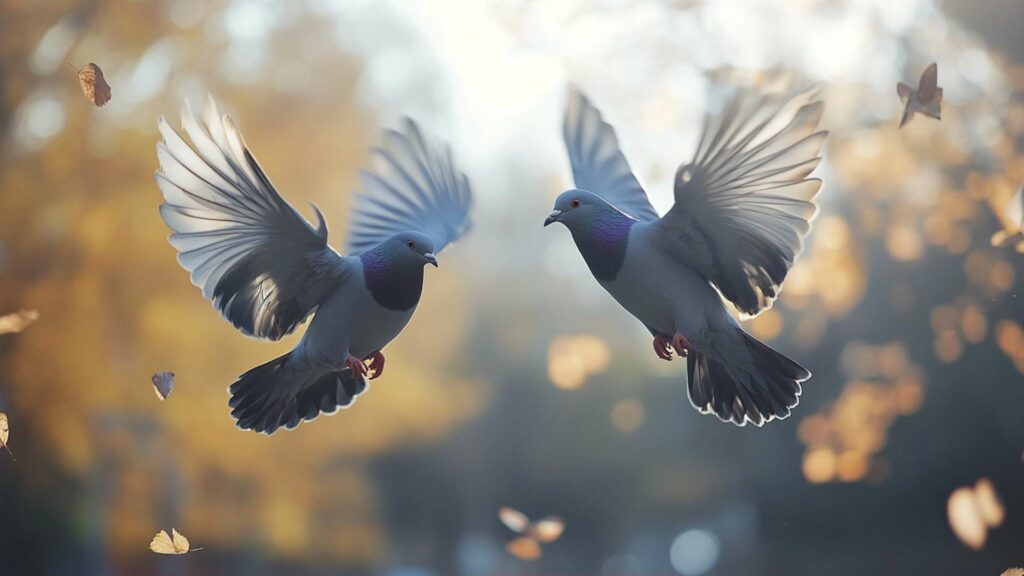
Subtle nuances distinguish these fascinating birds Ah, the age-old debate that has puzzled many bird enthusiasts: what sets pigeons apart from doves? At first glance, one might assume they are two sides of the same feathery coin.
Yet, upon closer observation, key differences become apparent. Physically speaking, pigeons tend to be larger and stouter than their dove counterparts.
While both species boast plump bodies covered in soft feathers, pigeons tend to have stockier builds that exude an air of robustness. In contrast to other pigeons, doves possess a more slender and elegant physique.
When it comes to behavioral traits, pigeons and doves also show distinct characteristics. Pigeons are known for their gregarious nature – they thrive in large flocks where social interactions abound.
Their breeding season is marked by elaborate courtship rituals where males puff up their chests and engage in spirited displays to attract female attention. Interestingly enough, both male and female pigeons take turns incubating their eggs once mating has occurred.
On the other hand, many dove species exhibit a more solitary disposition compared to their extroverted pigeon relatives. Take the serene mourning doves as an example; these gentle creatures often prefer solitude or small groups rather than bustling gatherings.
Male doves seduce females with graceful flights accompanied by melodic coos – a romantic duet echoing through the trees during breeding season. Once a pair has formed a bond, they remain monogamous throughout the entire family-raising process.
Physical characteristics
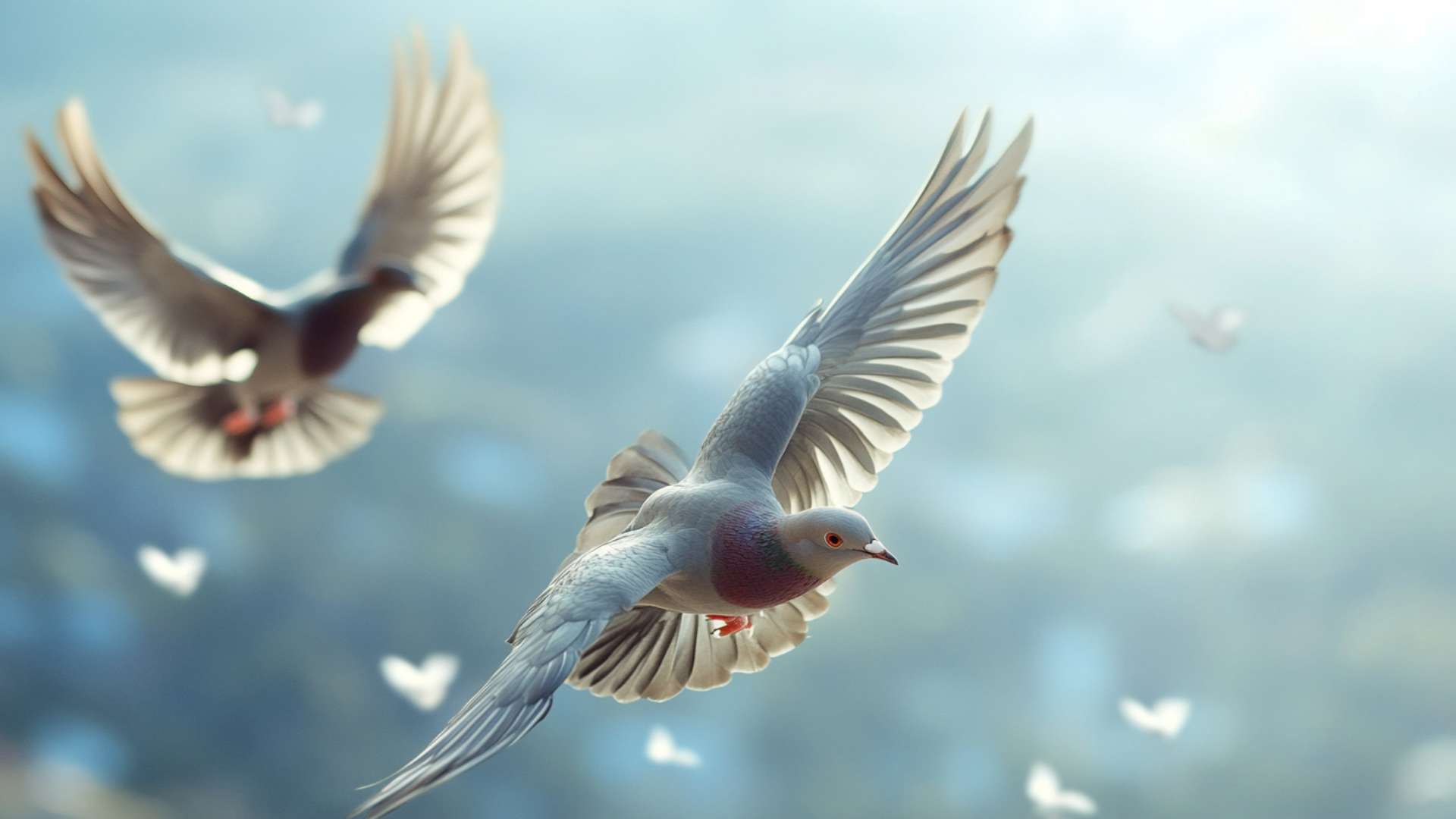
Feathers that tell tales of beauty and distinction The plumage of both pigeons and doves showcases an astonishing array of colors and patterns that mesmerize onlookers; it’s as if Mother Nature herself took great pleasure in painting these avian wonders.
Pigeons, such as the iconic rock dove (columba livia), display a wide range of hues, including shades of gray, brown, white, and even the occasional splash of iridescent greens or purples. Additionally, their feathers may be adorned with intricate patterns or markings that make each individual unique.
In contrast, doves often present a more subdued color palette in their plumage. Shades of tan and gray dominate their feathers with subtle variations distinguishing one species of wild doves from another.
Take the beloved ringneck doves as an example; these gentle birds often possess a soft cinnamon hue on their backs and wings coupled with pale underparts. The beauty lies not in flamboyant extravagance but rather in the understated elegance that these peaceful creatures exude.
Behavioral traits
Observing their distinctive behaviors up close To truly understand pigeons and doves, one must delve into their behavioral repertoire.
Pigeons are highly adaptable creatures that have managed to thrive alongside humans through centuries of shared history. Their boldness is evident as they explore urban landscapes fearlessly; cities become their playgrounds filled with architectural perches and abundant food sources.
These social birds communicate through cooing sounds while engaging in impressive aerial displays to establish territories and attract mates. In contrast, doves exhibit more delicate behaviors reserved for quieter moments amidst nature’s serenity.
Their calls are often soft coos – melodic whispers carried by gentle breezes that enchant listeners as they stroll through peaceful woodlands or visit backyard gardens. Doves belong to a family known for its gentle demeanor; most doves cherish tranquility above all else.
Understanding the nuances between pigeons and doves is essential when exploring the possibility of interbreeding between these closely related species – an intriguing concept we will explore further in subsequent sections. But for now, let us appreciate how physical characteristics and behavioral traits serve as a lens through which we can marvel at the unique qualities that define pigeons and doves.
Mating Habits of Pigeons
Courtship Rituals and Displays

When it comes to courtship, pigeons are known for their elaborate displays and rituals. The male pigeon takes on the role of wooing the female through a series of impressive maneuvers.
First, he puffs up his chest and struts around, showing off his colorful feathers in an attempt to catch her eye. He may also coo loudly or bow repeatedly to impress her with his vocal abilities and physical prowess.
These displays serve as a way for the male pigeon to assert his dominance and attractiveness while simultaneously signaling his intentions to the female. Once the male pigeon has caught the female pigeon’s attention, he will engage in further courtship behaviors such as offering her food or performing aerial acrobatics.
This male dove’ aerial display involves him flying in a circular pattern while making sharp turns, dives, and loops in mid-air. These high-flying displays not only showcase the male’s agility but also demonstrate his ability to provide for a potential mate.
Monogamous Behavior
Pigeons are famous for their monogamous behavior where they form long-term pair bonds with their chosen mates. Once a pair is formed, they tend to remain faithful to each other throughout their lives. The male pigeon actively participates in nest-building activities alongside its partner, helping gather materials such as twigs, grass, and leaves.
During mating season, both pigeons take turns incubating their eggs by sitting on them within the nest they have constructed together. This shared parental responsibility ensures that both partners contribute equally to raising their offspring.
Mating Habits of Doves
Similarities to Pigeon Mating Behavior
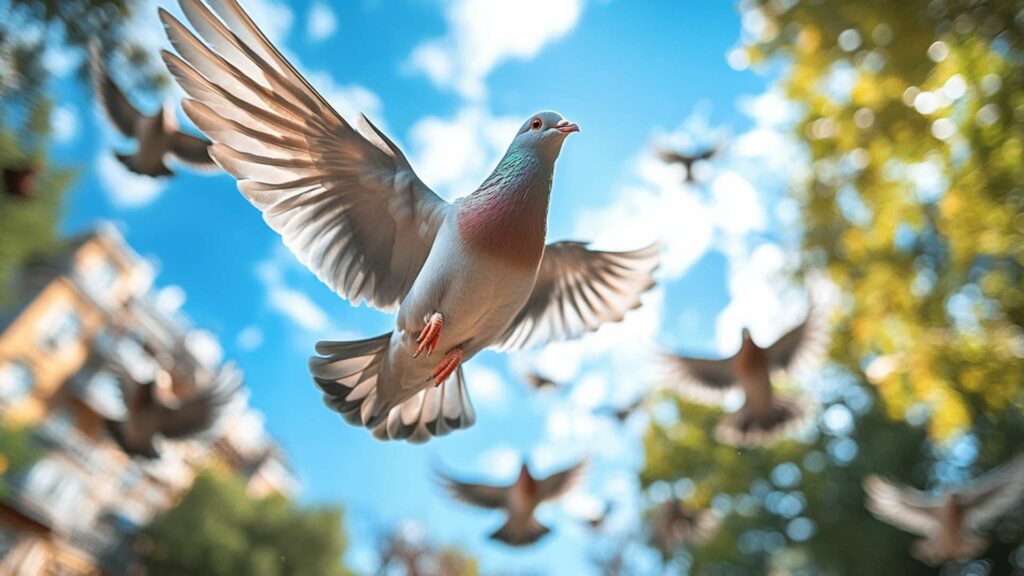
Doves share several similarities with pigeons when it comes to mating behavior. Similar courtship rituals can be observed where male doves perform displays to attract the attention of female doves.
They, too, puff up their chests and coo softly to communicate their interest in starting a family. These similarities suggest that pigeons and doves may have inherited some mating behaviors from a common ancestor.
Unique Aspects in Dove Courtship
While there are many similarities, there are also unique aspects in dove courtship that differentiate them from pigeons. For instance, male doves may engage in vigorous flights around the female, showcasing their agility and strength. They might also present small twigs or other nesting materials to the female dove as a sign of their readiness to start building a nest together.
Moreover, male doves often perform synchronized displays where two birds mirror each other’s movements in flight. This synchronized flight is believed to strengthen the bond between the pair and serves as a visual spectacle for potential mates.
Both pigeons and doves exhibit fascinating mating habits that involve intricate courtship rituals. Pigeons rely on elaborate displays and vocalizations during courtship while forming monogamous bonds with their partners.
On the other hand, doves and pigeons showcase similar behaviors but with unique twists such as synchronized flights and gift-giving gestures. These avian rituals highlight the beauty of nature’s diversity within closely related species like pigeons and doves.
Interbreeding Possibilities
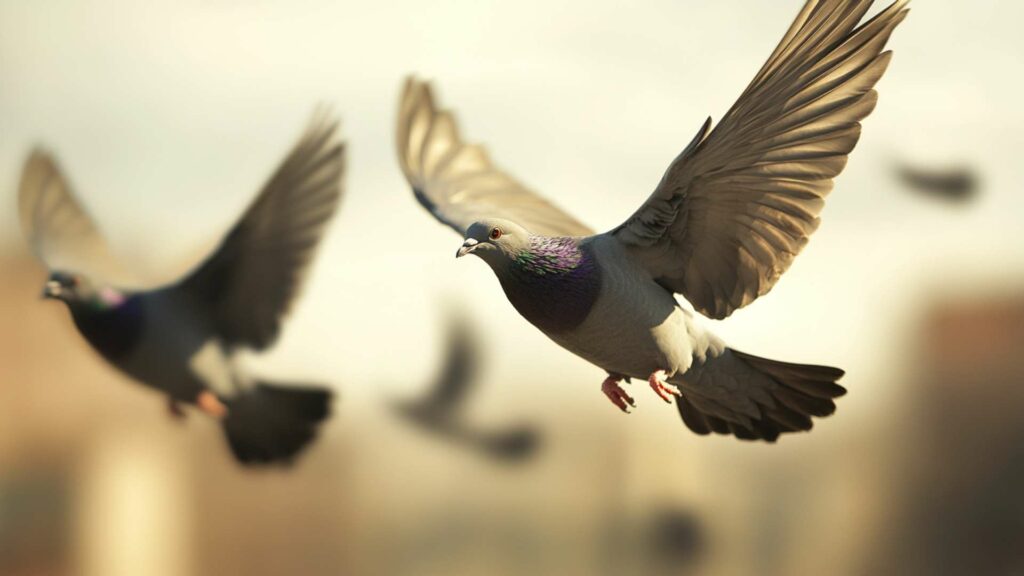
When we ponder the possibility of pigeons and doves mating, we must first delve into their genetic makeup. Both pigeons and doves belong to the same family, Columbidae, but they are classified as two different species. However, it’s important to note that there are certain similarities in their DNA that suggest a potential for interbreeding.
The genus Columba is of particular interest here as it includes both pigeons and doves, indicating a shared ancestry between these closely related birds. Furthermore, within each separate species either of pigeon or dove, there exist genetic variations that can shape their ability to mate successfully.
These variations can influence physical traits such as size, coloration, or even behavior patterns. It is these genetic differences within the same species that can impact the likelihood of interbreeding between individual birds.
Mechanisms for interbreeding success/failure
While genetic compatibility sets the foundation for interbreeding possibilities between pigeons and doves, several mechanisms contribute to either successful or failed mating attempts. One important factor involves phylogenetic barriers resulting from species divergence over time.
Pigeons and doves have followed distinct evolutionary paths leading to unique adaptations in each species. Over generations, this divergence has established fundamental differences that may hinder successful interbreeding.
Additionally, behavioral differences play a crucial role in determining mating success. Pigeon species often exhibit elaborate courtship rituals involving impressive displays by male birds to attract female attention.
On the other hand, most doves have simpler courtship behaviors where pairing occurs through mutual recognition and vocalizations rather than flashy displays. These divergent behaviors may impact mating success when individuals from both groups attempt to form a hybrid pair.
It is worth noting that while pigeon-dove hybrids are rare in nature due to these mechanisms, there have been documented cases in captivity or the wild. These instances serve as fascinating examples of how genetic compatibility, despite potential barriers, can occasionally lead to successful interbreeding between these two different species.
Pigeons and doves share a common genetic heritage within the Columba genus. However, the eventual divergence of their species over time has led to genetic variations and behavioral differences that can hinder successful interbreeding.
While rare cases of hybridization have occurred, these occurrences are not commonplace in the natural world. Understanding the intricacies of their genetic compatibility and the mechanisms impacting mating success provides valuable insights into the fascinating world of avian reproduction.
Examples of Interspecies Hybridization
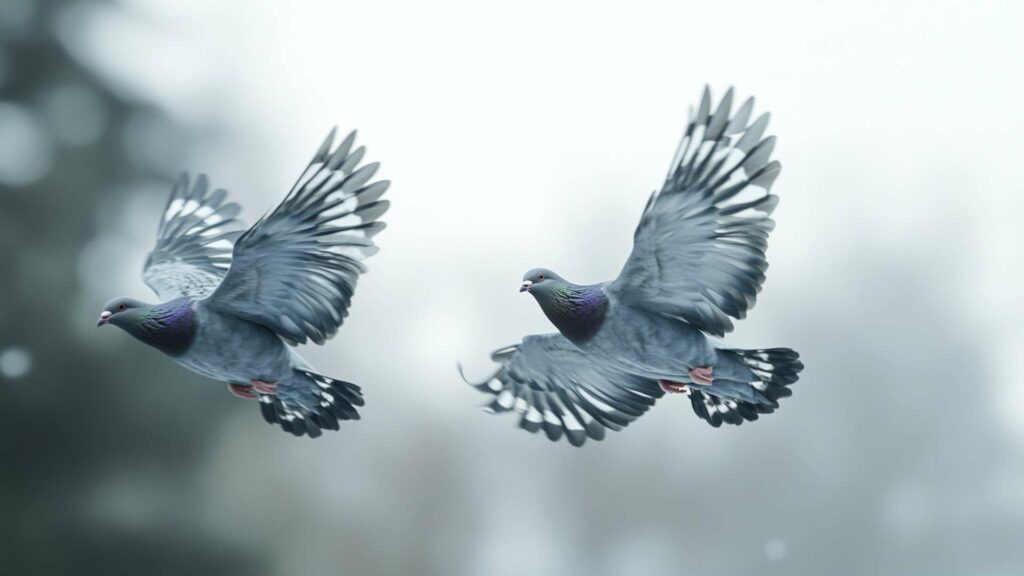
In the vast avian world, interspecies hybridization is a rarity, but it does occur on occasion. Pigeons and doves, belonging to the Columbidae family, have been known to engage in such interbreeding ventures. While the chances of successful hybridization are low due to genetic and behavioral barriers, there have been documented cases where pigeons mate, and doves manage to produce offspring together.
One notable example is the crossbreeding between pigeons and ringneck doves (Streptopelia risoria). Ringneck doves are small to medium-sized birds with distinct black collars on their necks.
In rare instances, when individuals from both species come into contact in a captive setting or in the wild, they may form pairs and breed. The resulting hybrids display characteristics from both parent species; they often showcase a blend of colors and patterns on their feathers.
Documented cases in captivity or the wild
Captivity has provided researchers with opportunities to observe and document instances of interspecies hybridization between pigeons and doves more closely. In controlled environments like aviaries or breeding facilities, it is not uncommon for different bird species to be housed together. These close quarters can occasionally lead to unexpected encounters between pigeons and doves that result in hybrid offspring.
One well-documented case involved a male pigeon and female ringneck dove residing in the same aviary. Despite belonging to distinct species within the same bird, the Columbidae family, these two birds formed an unusual bond.
They built a nest together and successfully hatched several hybrid chicks. This occurrence fascinated ornithologists as it shed light on the potential reproductive compatibility between closely related species.
Implications for Evolutionary Biology
The occurrence of interspecies hybridization raises intriguing questions about the boundaries and mechanisms of speciation. While the chances of successful mating and hybrid offspring between pigeons and doves are relatively low compared to within-species breeding, these rare instances challenge our understanding of evolutionary dynamics.
Through hybridization, genetic material from one species can potentially flow into another, blurring the lines between distinct lineages. This exchange of genetic material can introduce new traits into populations and potentially influence their adaptation to changing environments.
By observing and studying such hybrids, scientists gain valuable insights into the mechanisms that drive biodiversity and speciation. While interbreeding between pigeons and doves is not commonplace, there have been remarkable instances where these two species have successfully produced hybrid offspring.
These occurrences provide intriguing glimpses into the potential for genetic exchange between closely related avian species. Such observations contribute to our understanding of evolutionary biology, challenging traditional notions about male bird reproductive isolation and sparking further research in avian genetics.
Conclusion:
After delving into the captivating realm of avian reproduction, we have explored the question that sparked our curiosity: can pigeons and doves mate? Through an in-depth examination of their genetic compatibility, courtship rituals, and documented cases of interspecies hybridization, we have found that while rare instances of successful interbreeding between pigeons and doves have been observed, they are generally considered to be distinct species that both doves do not readily mate with one another.
Genetically speaking, pigeons and doves share a common ancestry within the Columba genus. However, over time, they have diverged enough to develop distinct characteristics and behaviors.
These differences serve as barriers to successful interbreeding. Behavioral variances come into play as well – from courtship displays to mating habits – which impact their ability to reproduce.
Although it seems that pigeons and doves mostly prefer to stay within their own species when selecting mates, this does not diminish the wonder and beauty surrounding avian reproduction altogether. Whether it’s watching a male pigeon proudly strutting around in an elaborate courtship display or marveling at the gentle cooing sounds emitted by a dove pair nesting together, there is no denying that birds possess an intriguing repertoire when it comes to finding love. Furthermore, exploring avian reproduction opens up a doorway into understanding evolutionary biology.
While interspecies hybridization might be uncommon among pigeons and doves in the wild, it can shed light on how different species evolve over time through genetic variations and adaptations. While the chances of witnessing pigeon-dove hybrids may be slim in nature’s vast tapestry, let us relish in knowing that these peaceful birds continue to enchant us with their unique qualities.
Their ability to navigate the complexities of mating and procreation reminds us of the diverse and fascinating world that exists beyond our own human experiences. So let us celebrate their resilience, their intricate rituals, and the entire family of avian species that contribute to the rich tapestry of life.
Prevent Pigeon Problems with D-Termination: The Top Choice for Pest Control in Las Vegas!

If you’re grappling with pigeon-related challenges, D-Termination is your solution. Our team of specialists excels in pigeon deterrence and rejuvenating cleanliness and integrity in your environment. Bid farewell to pigeons by selecting D-Termination for highly efficient pest control today!
Get in touch with us at 702-919-6310 or visit dtermination.com to arrange your pigeon control service and regain your space from these unwelcome pests.
Frequently Asked Questions:
Yes, doves and pigeons can interbreed as they are closely related.
Pigeons and doves can live together in the same environment.
Some dove species can hybridize under certain conditions.
Different pigeon species can crossbreed with each other, although it’s less common than within species.

